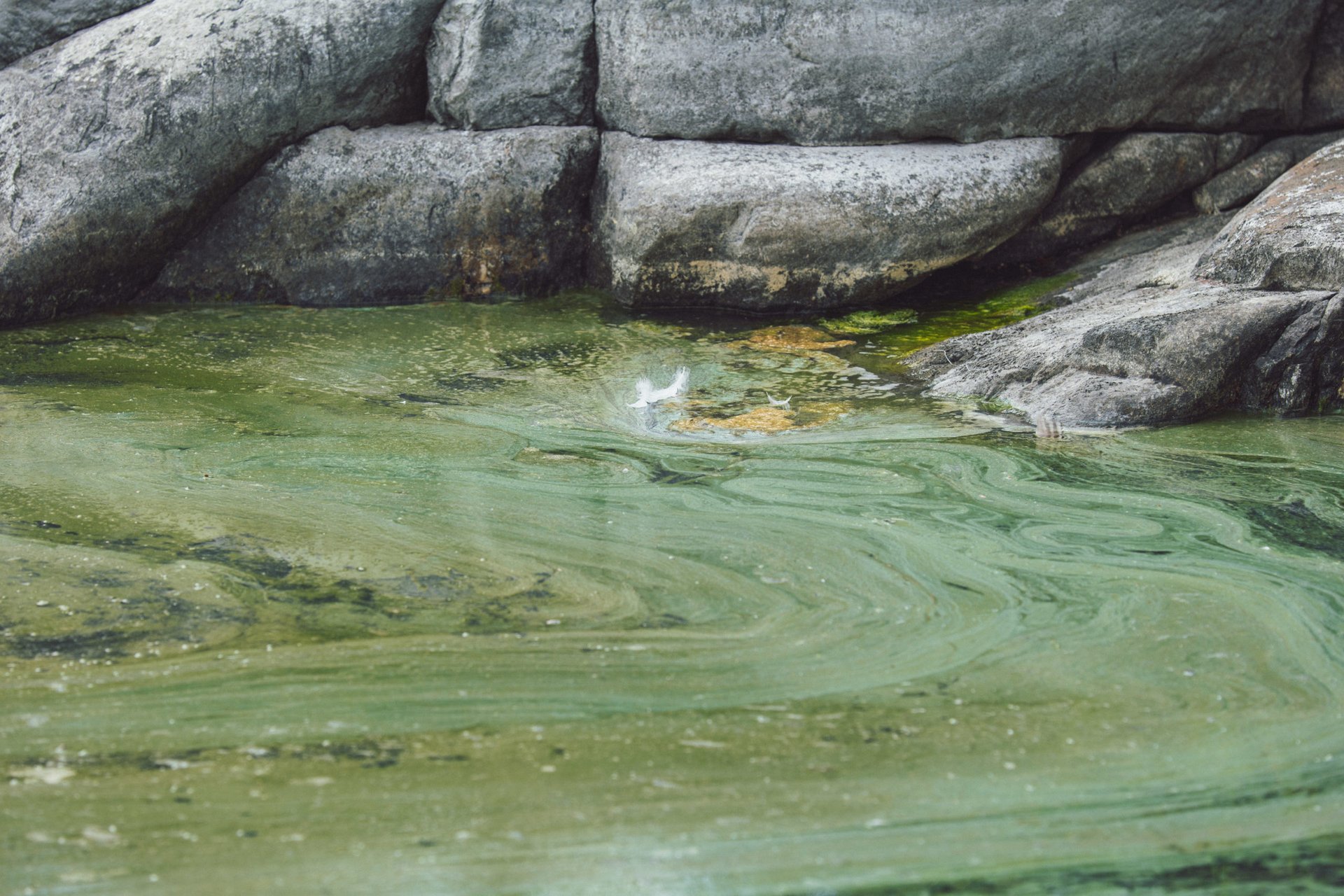This summer, like in the ones before it, the Baltic Sea was again suffering severely from blue-green algae (cyanobacteria) blooms, which cause toxicity and deep-water oxygen deficiencies.
For us though, algae blooms are a precious feedstock. We have been busy harvesting them from several locations. We have tested technologies for finding the harvesting spots with the highest bloom concentrations, for our harvesters to get the most biomass since we don't want to ship water for refining but actual algae.
The commercial case for cyanobacteria
This summer was an important one for planning our industrial-scale cyanobacteria harvesting for the next season. We have harvested thousands of litres and see no end to the blooms with these heat waves hitting us here in the Nordics, increasing eutrophication. The more blooms we harvest, the more phosphorus we remove from the sea, and the more functional products we can produce with the ingredients we make out of blue-green algae. The testing we did this summer reinforced our view that collecting blue-green algae makes commercial sense and it can be done on a large scale profitably.
Collaboration to get the best data
We were grateful to have the City of Helsinki as our partner this summer providing a docking station for our stationary harvester. Our great collaboration with Dr David Fewer's group at the University of Helsinki proved to be the key enabler of our activities in the field and the lab.
Thank you to the Nessling Foundation for supporting Dr Fewer's important work on using algal blooms from the Baltic Sea as feedstock for a biorefinery. The Nessling Foundation also featured our Gayathri Murukesan, our Lead Algae Science Activist, in their piece about her research last year.
We would also like to thank everyone who logged in their blue-green algae bloom observations on our site levahavainto.fi. This has been of great help to us to locate the blooms and learn more each year about their behaviour and formation.
